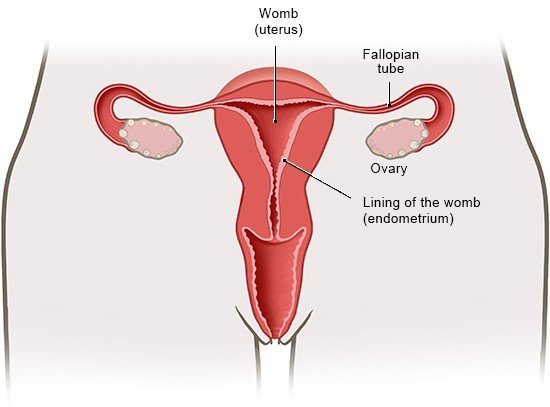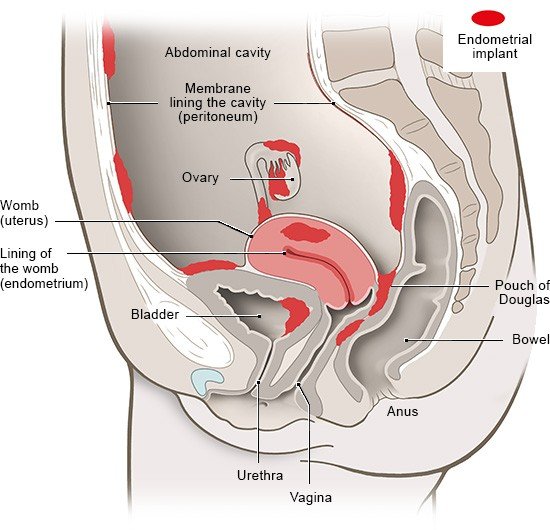What causes endometriosis?

In women with endometriosis, the kind of tissue that lines the womb also grows outside of the womb or in the wall of the womb. It is not clear why this happens. There are various theories about what causes endometriosis. Several factors probably play a role.
The inside walls of the womb (uterus) are completely lined with mucous membranes known as the endometrium. These are different to other mucous membranes in the body, particularly in their ability to change: Every month, new cells grow and the tissue thickens in case a fertilized egg settles in it. The thickened tissue can then provide the egg with everything it needs in order to develop. If no egg is fertilized, most of the extra tissue that has built up is shed and leaves the woman's body during her period. The process of building up and shedding the lining of the womb is regulated by the female sex hormones estrogen and progesterone.


